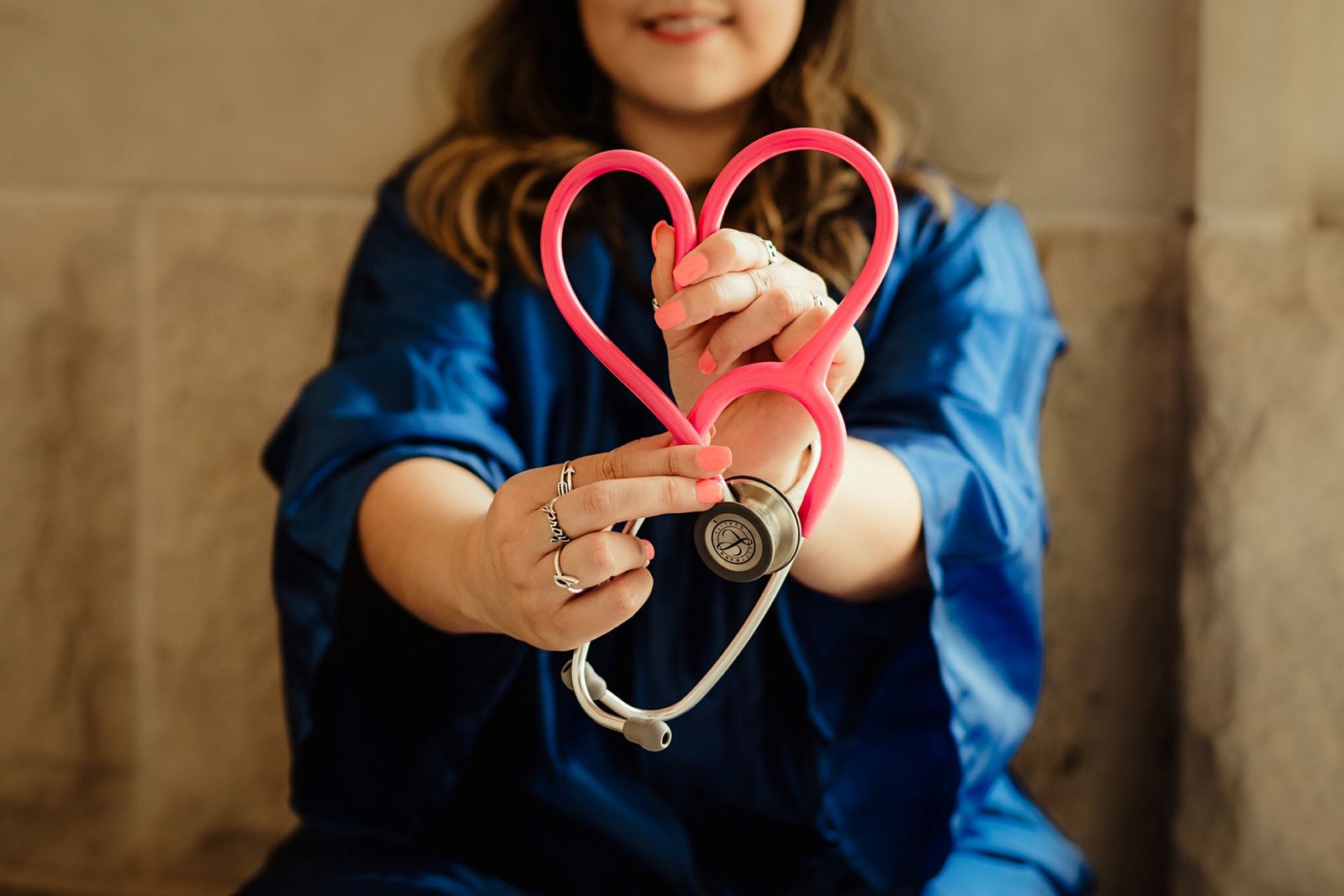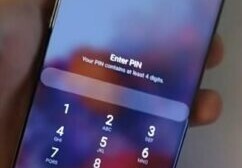The integration of the Internet of Things (IoT) in healthcare has revolutionized the medical field, offering unprecedented opportunities for enhancing patient care, streamlining clinical operations, and fostering a more connected healthcare ecosystem.
IoT in healthcare encompasses a wide range of technologies, from wearable devices to smart hospital systems, all working in synergy to improve outcomes, enhance patient experience, and reduce costs.
This exploration delves into the pivotal role of IoT in nursing, a sector profoundly transformed by these technological advancements.
IoT In Nursing
In the realm of nursing, IoT has emerged as a transformative force, reshaping how nurses interact with patients, manage care, and handle day-to-day tasks.
By harnessing IoT technologies, nurses can now monitor patients more closely, access critical health data in real-time, and respond more effectively to patients’ needs.
This integration not only elevates patient care but also enhances nurses’ efficiency and job satisfaction.
Technologies Used In Nursing
In the nursing sector, a diverse array of IoT technologies is being employed, each serving a unique and critical role in enhancing patient care and operational efficiency.
From wearable devices that provide real-time health monitoring to sophisticated systems that streamline hospital operations, these technologies are pivotal in revolutionizing nursing practices.
This section will explore a variety of IoT technologies utilized in nursing, highlighting how they contribute to improved patient monitoring, treatment accuracy, and the overall healthcare experience.
The following is a detailed list of these transformative technologies:
- Wearable Health Monitors: Wearable devices like smartwatches and health bands allow nurses to continuously monitor patients’ vital signs such as heart rate, blood pressure, and oxygen saturation. This constant monitoring enables early detection of potential health issues, allowing for timely interventions.
- Remote Patient Monitoring Systems: These systems enable nurses to track the health status of patients remotely. They are particularly beneficial for managing chronic conditions and post-discharge care, reducing the need for frequent hospital visits.
- Smart Hospital Beds: Equipped with sensors, these beds can track patient movements, weight, and vital signs. They help in preventing bedsores and falls, besides ensuring optimal patient comfort.
- Mobile Health Applications: Nurses use mobile apps for various purposes, including medication management, patient education, and communication with patients and other healthcare professionals. These apps streamline workflow and improve patient engagement.
- Automated Dispensing Systems: These systems ensure accurate and efficient medication dispensing, reducing the risk of errors. Nurses can track medication use in real-time, ensuring patients receive the correct dosage at the right time.
- Electronic Health Records (EHRs): EHRs provide nurses with instant access to patient histories, lab results, and treatment plans. This comprehensive view of patient information aids in making informed decisions and coordinating care effectively.
- Telehealth Solutions: Telehealth platforms have become indispensable in nursing, especially during the COVID-19 pandemic. They facilitate virtual consultations, allowing nurses to provide care and guidance to patients without physical contact.
- Artificial Intelligence And Machine Learning: AI and ML tools assist nurses in analyzing vast amounts of health data, predicting patient outcomes, and identifying high-risk patients. This insight supports proactive patient management and personalized care.
Impact And Challenges
IoT technologies have significantly enhanced the quality of patient care.
Continuous monitoring and real-time data access enable nurses to respond swiftly to patient needs, leading to better health outcomes.
Furthermore, these technologies streamline routine tasks, allowing nurses to focus more on patient care rather than administrative duties.
Overcoming Challenges
Despite the benefits, the integration of IoT in nursing faces challenges.
Concerns over data privacy and security are paramount, as the handling of sensitive health information requires stringent protection measures.
There’s the need for adequate training for nurses to effectively use these technologies.
Lastly, ensuring interoperability among various IoT devices and systems remains a critical challenge to achieve seamless data flow and integration.
Advancements In IoT-Enabled Diagnostics
The integration of IoT in diagnostics has dramatically enhanced the capabilities of healthcare professionals to diagnose and treat various conditions with greater precision and efficiency.
This technological shift is not just about the tools themselves, but also about how they change the landscape of medical diagnostics, making it more accessible, accurate, and patient-centric.
This section delves into three key areas where IoT has made significant strides in diagnostics.
Remote Diagnostic Tools
IoT-enabled remote diagnostic tools have redefined the boundaries of healthcare, allowing for the diagnosis of patients in remote or underserved areas.
These tools include portable diagnostic devices that can transmit patient data to specialists in different locations.
For instance, mobile ECG monitors and handheld ultrasound devices are now capable of sending real-time data to cardiologists or radiologists, facilitating prompt and accurate diagnoses.
This not only increases access to healthcare but also reduces the need for patients to travel long distances for diagnostic procedures.
Wearable Diagnostic Devices
Wearable technology has seen exponential growth in the diagnostic field.
Devices such as smartwatches that monitor heart rate and rhythm, wearable blood glucose monitors for diabetics, and even smart clothing that tracks respiratory rates are revolutionizing patient monitoring and chronic disease management.
These devices provide continuous data, enabling healthcare providers to track trends over time and make more informed decisions regarding treatment plans.
Moreover, they empower patients to be active participants in managing their health.
AI And Machine Learning In Diagnostics
The application of artificial intelligence (AI) and machine learning in diagnostics has enabled the analysis of complex medical data at an unprecedented scale and speed.
AI algorithms can identify patterns in medical imaging, such as X-rays, CT scans, and MRIs, with accuracy that matches or even surpasses human experts.
Machine learning models are also being used to predict disease outbreaks, track the progression of chronic diseases, and personalize treatment protocols.
This not only improves the accuracy of diagnoses but also helps in predicting health risks and preventing diseases before they manifest.
Final Remarks
The integration of IoT in healthcare is a monumental leap forward, reshaping how care is delivered and experienced.
It enhances the accuracy and efficiency of diagnostics, transforms nursing practices, and brings cutting-edge technology directly to patients.
IoT’s impact extends from remote monitoring to advanced diagnostics, bridging gaps in healthcare accessibility and enabling proactive management of health conditions.
As these technologies continue to evolve and intertwine with AI and machine learning, they promise a future where healthcare is more personalized, responsive, and effective, ultimately leading to better patient outcomes and a more robust healthcare system.





